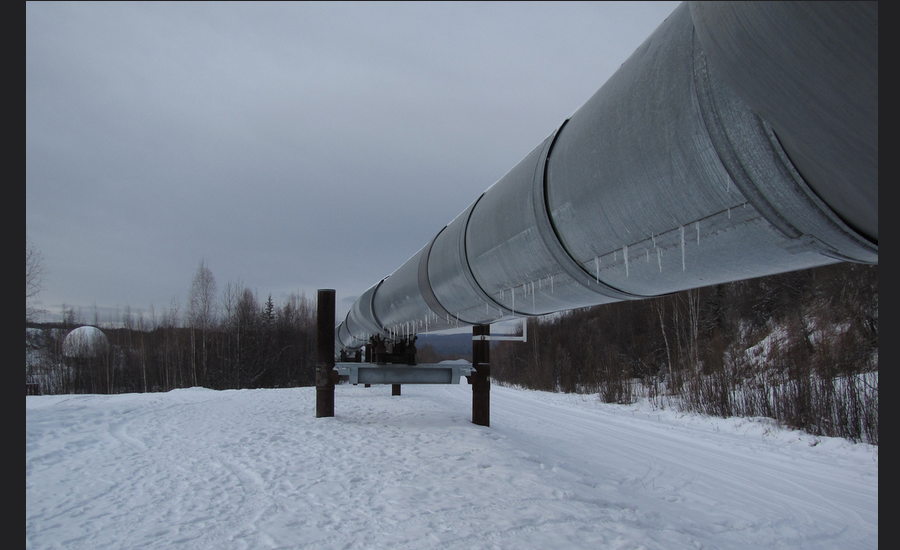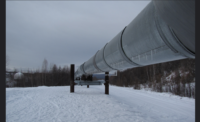Pipelines are safe despite worn-away covering, say operators

Operators of twin oil pipelines beneath the waterway where Lakes Huron and Michigan converge insist they remain structurally sound even though an outer layer of protective covering has worn away in some places. Skeptics said the deterioration is further evidence the lines should be shut down.
Officials with Enbridge Inc. told the Associated Press the exterior material is not essential to the pipes' integrity and there is no reason for concern about its absence in spots along the lines extending nearly five miles along the bottomlands of the Straits of Mackinac.
"If there was ever a time when we weren't 100 percent confident in its fitness, we wouldn't be operating the pipeline," Brad Shamla, the Canadian company's vice president of U.S. operations for liquid pipelines, told reporters before a meeting of the Michigan Pipeline Safety Advisory Board.
The standing-room-only meeting west of Lansing was often contentious, with pipeline opponents jeering representatives of Enbridge and supportive businesses.
About 23 million gallons of crude oil and liquid natural gas are pumped daily through Line 5, which runs from Superior, Wisconsin, across Michigan's Upper Peninsula to Sarnia, Ontario. It's divided into two 20-inch lines beneath the straits, a crucial link in the Great Lakes chain that comprises the world's largest surface freshwater source.
Line 5 has been a rallying cry for pipeline foes since a 2010 oil spill from another Enbridge pipe fouled the Kalamazoo River in southwestern Michigan.
Edward Timm, a retired Dow Chemical engineer from Harbor Springs, Michigan, presented his study expressing concern that stress from the currents is nearly double what was anticipated when the pipelines were built.
"It's got fatigued metal, compromised coating and thick mussel growth," he said of Line 5.
"We're very comfortable with the integrity and reliability of the pipeline — how it was designed, how it was built and how we continue to operate it," an Enbridge spokesperson said.
Source: Associated Press
Looking for a reprint of this article?
From high-res PDFs to custom plaques, order your copy today!








